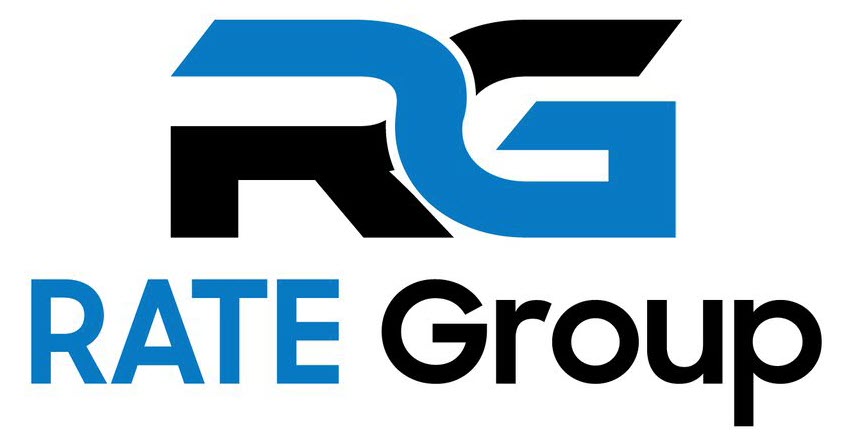
28 Oct Bitcoin’s White Paper Was a Model T for Payments
[ad_1]
David Schwartz is CTO at Ripple.
This exclusive opinion piece is part of CoinDesk’s “Bitcoin at 10: The Satoshi White Paper” series.
In 1991, my patent for a multi-level distributed computer network was granted. I was working on graphics rendering problems requiring significant amounts of CPU power and wanted to distribute computing-intensive tasks to a network of devices.
The goal was to have a number of computers performing simple tasks to contribute to a single result. Creating this system, though, was a complicated task.
After the publication of Satoshi’s white paper, that’s no longer the case. Outlined in the paper was a peer-to-peer payment system poised to disrupt the financial industry, one that gave people the power to conduct transactions across a distributed network without the need for trusted middlemen.
As a cryptography geek, I was enamored.
Seeing the concept from my patent re-emerge nearly 20 years later, I was excited to see that now was finally the right time…
[ad_2]
Source link

